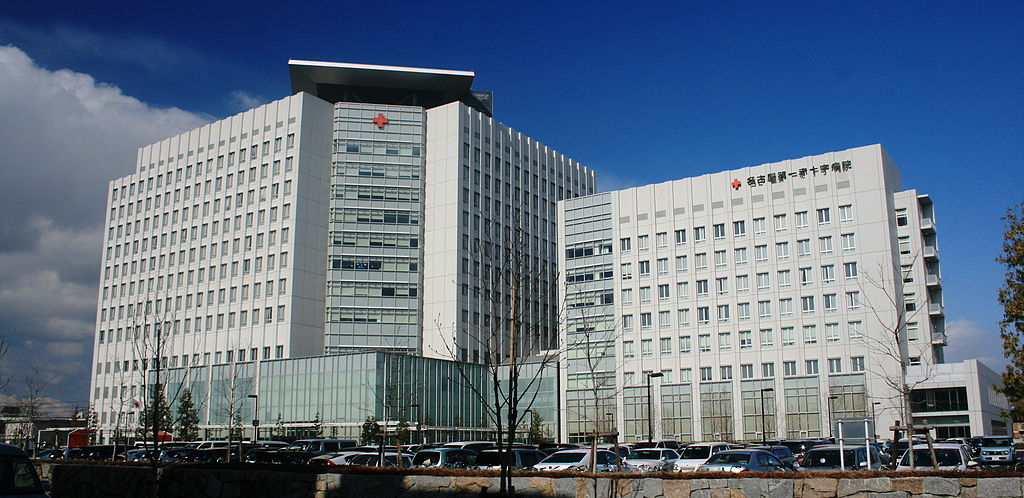For full report, read here.
Companies and researchers are making exceptional progress in the battle against cancer. Their achievement is a testament to the dedication, inventiveness, and courage of the many patients, doctors, companies, and regulators involved. Oncology financing can appear especially daunting in the near term; but there are parallels to be found in our efforts to contain HIV/AIDS. As with HIV/AIDS, new regulatory frameworks, improved science (including routine genotyping of HIV and phenotyping of patients), and better education and prevention programs have all helped transform HIV infection from a death sentence into a manageable chronic illness.
Today, mortality for HIV/AIDS has plummeted by 85%, and survival for HIV+ patients approaches that of uninfected Americans. While highly effective anti-retroviral therapies for HIV/AIDs make up over 50% of treatment costs, they have still produced over $600 billion in economic value from1996-2010.
Similarly, the rise of precision-medicine databases and analytical tools that can tell doctors and patients how best to match a specific drug with a specific patient’s disease may well help solve the problem of drug-price sticker shock by enhancing competition and delivering better value to patients and payers. Ultimately, the U.S. patent and pricing system helps to support a virtuous cycle of investment in innovation; market-based pricing encourages investment, followed by drug prices plummeting after patents expire and cheap generic substitutes enter the market.
But for doctors to prescribe future generics well, they need access to the precision-medicine databases that are made possible by the innovators who launch patent medicines at premium prices. Insurers would also benefit from such databases, by allowing them to contract with the provider networks that best manage risk pools of high-cost cancer patients more effectively.
As such databases and prescribing protocols improve, artificial-intelligence programs supporting precision oncology in the community setting offer opportunities to deliver high-quality care outside higher-cost hospital outpatient settings (where costs can be more than 50 percent higher for metastatic colorectal cancer). Eventually, primary-care physicians could offer oncology care where care protocols are well established, lowering costs even further.
Innovation in American health care has sometimes appeared simply to raise costs without necessarily delivering better value to patients and payers. Technology assessment has often lagged new technology adoption. Reimbursement reforms are, in fact, long overdue. Payers, however, must be cautious not to throw out the baby with the bathwater. The key challenge will be to ensure that the aggregation, collection, and curation of oncology data don’t add to already onerous administrative burdens on oncologists. However, given the many constraints already facing oncologists, informatics might reduce those burdens by helping insurers and innovators converge on clear, outcomes-based payment systems.
Medical progress and technology assessment need not be pitted against each other. This paper makes the case for a new social contract for oncology drug development and reimbursement that can ensure that we accelerate the adoption of the right treatments (whether branded drugs, generics/biosimilars, or repurposed medicines) to the right patients, while also experimenting with delivery-system reforms (including episode bundles and oncology centers of excellence) that may offer greater value to patients for every dollar spent on care.
Central to this effort will be regulatory reforms needed to accelerate outcomes-based contracting, especially the creation of safe harbors from federal regulations governing “best price,” anti-kickback, and off-label prescribing. As technology advances, we will also have to consider new financial strategies for rewarding innovators who develop truly disruptive innovations, such as chimeric antigen-receptor therapies and gene therapies that may represent cancer cures. Doing so may include amortization of drug costs (medical mortgages for patient cost-sharing) or other approaches to risk adjustment that allow the costs of breakthrough innovations to be shared over more lives and for longer periods of time.
We should not underestimate the challenges in moving from a reimbursement system based on volume to one based on real-world outcomes. But these challenges can be overcome if stakeholders and policymakers are serious about putting patients first and embracing the full potential of precision oncology to revolutionize cancer treatment. This paper concludes with the following recommendations:
1. Develop the IT systems, including data enclaves and patient registries, to better capture the full costs and benefits of different treatment and delivery approaches across a given disease state.
2. Accelerate regulatory reforms that lower the costs and risks associated with oncology drug development and encourage drug repurposing.
3. Make a greater commitment to survey and incorporate patient preferences throughout the oncology care continuum.
4. Embrace novel reimbursement strategies, but don’t expect one size to fit all.
5. Create an FDA safe harbor for off-label prescribing.
6. Allow novel value-based contract designs to operate outside the Medicaid best-price construct.
7. Create a safe harbor from federal and state anti-kickback statutes.
Payers and providers are demanding more value from innovators. Building a framework for precision oncology and outcomes-based contracts can enable that value without slowing patient access to more effective treatment options. That is our national challenge—and an opportunity to be seized.
Paul Howard is a senior fellow and director of the Center for Medical Progress at the Manhattan Institute. Follow him on Twitter here.
